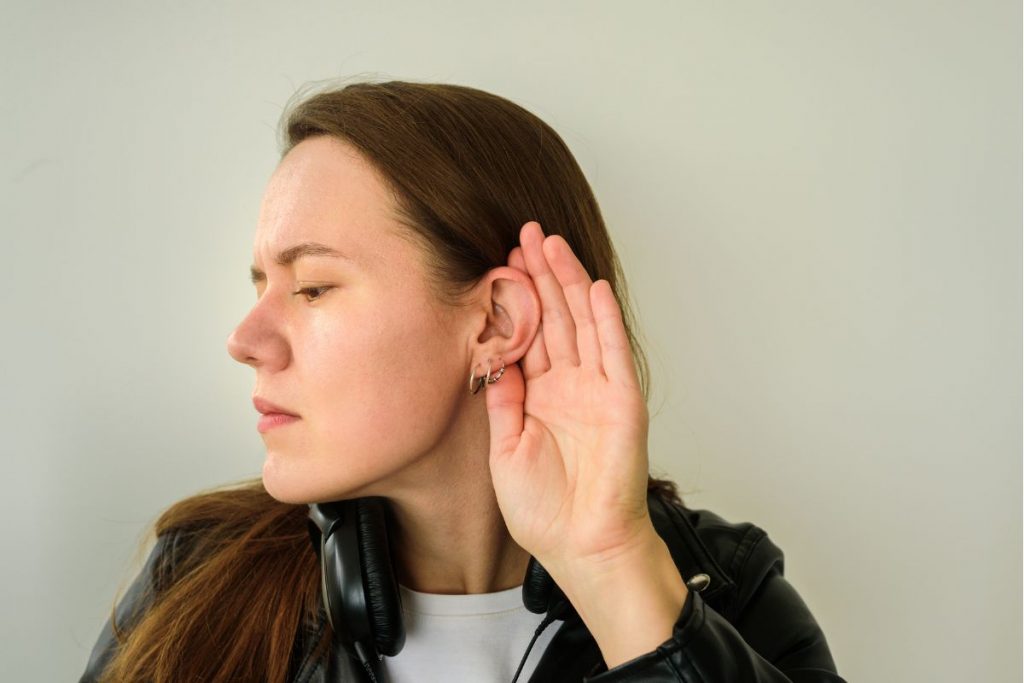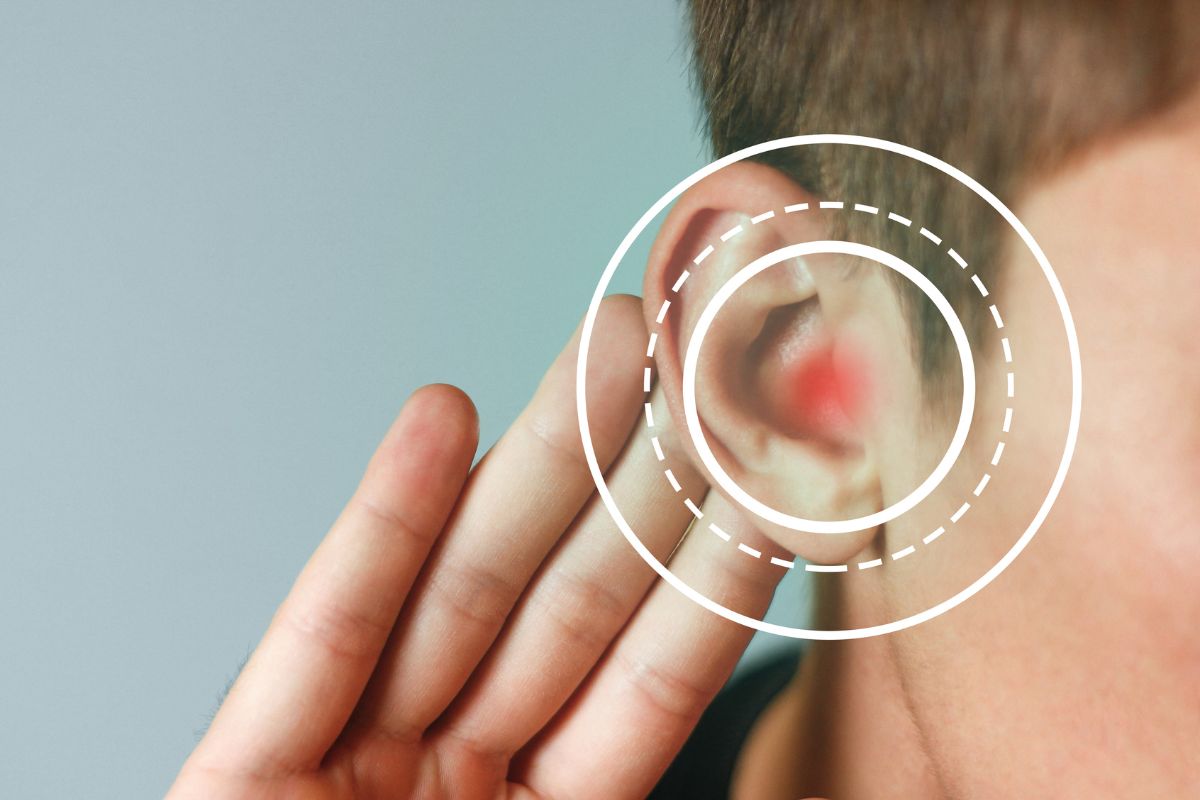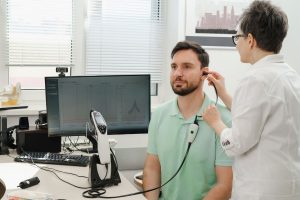Introduction to Occupational Hearing Loss
In the discourse presented here, Dr. Shree Rao provides The Impact of Occupational Hearing Loss. She is the Best Doctor for Cochlear Implants.
Occupational hearing loss emerges as a pressing global health issue, casting its shadow across diverse industries and occupations. This condition, marked by the gradual or abrupt decline in hearing acuity due to prolonged exposure to workplace noise, presents formidable challenges to both individual well-being and organizational vitality.
A thorough comprehension of the ramifications of occupational hearing loss demands a comprehensive examination of its intricate dimensions. Factors such as the intensity and duration of noise exposure, coupled with individual susceptibility, weave a complex tapestry that underscores the urgency of proactive intervention. Moreover, the ripple effects of this condition reverberate throughout organizational structures, healthcare systems, and regulatory frameworks, underscoring the imperative for concerted action.
In navigating the landscape of occupational hearing loss, the expertise of professionals like Dr. Shree Rao assumes paramount importance. With a nuanced understanding of the intricacies of this condition, Dr. Rao not only facilitates early detection and intervention but also champions preventive measures and advocacy efforts. Through collaborative endeavors between healthcare practitioners, employers, policymakers, and affected individuals, a concerted approach can be forged to mitigate the burden of occupational hearing loss and foster a safer, healthier work environment for all.
Understanding Occupational Noise Exposure

Occupational noise exposure refers to the prolonged exposure of individuals to high levels of noise within their workplace environment, posing significant risks to their health and well-being. This occupational hazard is prevalent across various industries and occupations, where workers are routinely exposed to noise levels exceeding safe thresholds. Typically, occupational noise exposure is defined as continuous exposure to noise levels exceeding 85 decibels (dB) over an eight-hour period.
The sources of occupational noise are diverse and can include machinery, equipment, tools, vehicles, industrial processes, construction activities, and even office environments with loud HVAC systems or open-plan layouts. These sources emit sound waves that, when encountered at high intensities and durations, can exceed the safe threshold for hearing and cause damage to the delicate structures of the inner ear.
The consequences of occupational noise exposure extend beyond the impairment of auditory function. Workers exposed to high noise levels may experience physical effects such as temporary or permanent hearing loss, tinnitus (ringing in the ears), hyperacusis (increased sensitivity to sound), and ear pain or discomfort. Additionally, prolonged exposure to occupational noise can lead to psychological effects including increased stress, irritability, anxiety, and reduced cognitive performance.
Causes and Risk Factors for Occupational Hearing Loss
Causes of Occupational Hearing Loss
Prolonged Exposure to High Noise Levels:
Industries such as manufacturing, construction, mining, agriculture, transportation, and entertainment are prone to high noise levels.
Common sources of noise include machinery, equipment, power tools, heavy vehicles, industrial processes, and construction activities.
Exposure to noise levels exceeding 85 decibels (dB) over an eight-hour workday can lead to gradual damage to the auditory system.
Intensity and Duration of Noise Exposure:
Higher noise levels and longer exposure durations increase the likelihood and severity of hearing damage.
Workers exposed to impulse or impact noise may experience accelerated hearing loss compared to those exposed to continuous noise.
Frequency Spectrum of Noise:
High-frequency noise, such as that from machinery and power tools, is particularly damaging to the inner ear structures responsible for high-frequency sound perception.
Specific industrial processes and equipment may produce noise with frequency components that pose greater risks to hearing health.
Risk Factors for Occupational Hearing Loss
Individual Susceptibility:
Age, genetics, pre-existing hearing loss, and personal susceptibility to noise-induced hearing damage can increase the risk.
Older workers and those with a family history of hearing loss may be more susceptible to occupational noise exposure effects.
Lack of Hearing Protection:
Failure to use appropriate hearing protection devices (HPDs), such as earplugs or earmuffs, in noisy work environments increases the risk.
Inadequate training on HPD use and maintenance, as well as non-compliance with safety protocols, can compromise hearing conservation efforts.
Occupational Factors:
Certain occupations and tasks involve higher levels of noise exposure, elevating the risk of hearing loss.
Working in environments with limited noise control measures or exposure monitoring may heighten the risk of hearing damage.
Types of Occupational Hearing Loss

Noise-Induced Hearing Loss (NIHL):
Noise-induced hearing loss (NIHL) is the most prevalent form of occupational hearing impairment.
It results from prolonged exposure to high-intensity noise levels, typically exceeding 85 decibels (dB) over an eight-hour workday.
NIHL primarily affects the sensory hair cells within the cochlea, leading to irreversible damage and sensorineural hearing loss.
This condition often presents as difficulty hearing high-frequency sounds and understanding speech in noisy environments.
Acoustic Trauma:
Acoustic trauma refers to sudden, intense exposure to loud noise, such as explosions, gunfire, or industrial accidents.
It can cause immediate and severe damage to the auditory system, resulting in permanent hearing loss, tinnitus (ringing in the ears), and hyperacusis (increased sensitivity to sound).
Acoustic trauma may lead to damage to the hair cells, cochlea, auditory nerve, or other structures within the inner ear.
Vibration-Induced Hearing Loss:
Vibration-induced hearing loss (VIHL) occurs in occupations where workers are exposed to high levels of whole-body vibration or hand-arm vibration, such as heavy equipment operation or power tool use.
Prolonged exposure to vibration can damage the delicate structures of the inner ear, leading to sensorineural hearing loss.
VIHL often manifests as difficulty hearing low-frequency sounds and may be accompanied by symptoms such as ear pain or pressure.
Chemical-Induced Hearing Loss:
Some occupational exposures to ototoxic chemicals, such as certain solvents, heavy metals, or asphyxiants, can cause hearing loss.
These substances may damage the auditory nerve, cochlea, or other structures of the inner ear, resulting in sensorineural hearing loss.
Chemical-induced hearing loss may progress gradually over time and is often irreversible.
Mixed Hearing Loss:
Mixed hearing loss involves a combination of sensorineural and conductive hearing loss components.
In occupational settings, mixed hearing loss may result from a combination of noise exposure and other factors such as ear trauma, infections, or ototoxic chemical exposure.
Individuals with mixed hearing loss may experience both difficulty perceiving sounds and reduced sound conduction through the middle ear.
Effects of Occupational Hearing Loss on Quality of Life
Occupational hearing loss often results in varying degrees of hearing impairment, ranging from mild to profound.
Individuals may experience difficulty hearing speech, particularly in noisy environments, leading to communication challenges both at work and in personal life.
Many individuals with occupational hearing loss report experiencing tinnitus, characterized by persistent ringing, buzzing, or other phantom sounds in the ears.
Tinnitus can be distressing and intrusive, affecting concentration, sleep quality, and overall comfort.
Hearing loss can compromise an individual’s ability to detect warning signals, alarms, and other auditory cues in the workplace, increasing the risk of accidents and injuries.
Communication difficulties stemming from hearing loss can lead to feelings of social isolation and withdrawal.
Individuals may avoid social gatherings, work-related events, and interpersonal interactions due to fear of embarrassment or frustration
Chronic occupational hearing loss is associated with higher rates of anxiety and depression.
The stress of coping with hearing impairment, coupled with challenges in professional and personal life, can contribute to feelings of sadness, helplessness, and diminished self-esteem.
Diagnosis
Noise Control Engineering:
Employers should prioritize engineering solutions to reduce noise levels at the source, including machinery and equipment modifications, sound insulation, and enclosure of noisy equipment.
Regular maintenance and lubrication of machinery can minimize noise emissions and prolong equipment lifespan.
Isolation and Enclosure:
Isolating noisy equipment in soundproof enclosures or remote areas of the workplace can help minimize noise exposure to employees in adjacent areas.
Enclosing noisy processes or using barriers to contain noise within designated zones can limit its propagation and reduce exposure levels.
Workplace Design and Layout:
Employers should consider the layout of workstations and machinery to optimize noise control measures and minimize employees’ proximity to sources of high noise levels.
Rotating workers through quieter tasks or providing regular breaks in quieter areas can help reduce cumulative noise exposure.
Work Practices and Procedures:
Establishing clear protocols for noise hazard awareness, safe work practices, and proper use of personal protective equipment (PPE) is essential.
Implementing job rotation schedules or limiting exposure time to high-noise environments can help reduce overall noise dose.
Hearing Protection Devices (HPDs):
Employers should provide appropriate hearing protection devices, such as earmuffs or earplugs, to employees exposed to hazardous noise levels.
Conducting fit-testing and ensuring proper selection, fitting, and maintenance of HPDs are critical for their effectiveness.
Training and Education:
Comprehensive training programs should educate employees about the risks of occupational noise exposure, the importance of hearing conservation measures, and proper use of PPE.
Ongoing education initiatives should reinforce awareness and compliance with noise control policies and procedures.
Conclusion
In conclusion, addressing occupational hearing loss requires collaborative efforts and proactive measures. Understanding the multifaceted nature of this condition is crucial, considering factors like noise intensity and individual susceptibility. Professionals like Dr. Shree Rao play a vital role in advocating for auditory health in the workplace. By prioritizing research, education, and policy initiatives, we can create safer work environments and uphold the right to healthy hearing for all.

Why consult EarSurgeon, Dr. Shree Rao?
Dr. Shree Cuddapah Rao is acclaimed as one of the best pediatric ENT specialists in Hyderabad. With 10+ years of deep domain experience in the field of ENT, she is the director at Dr. Rao’s ENT Super Specialty Hospital. She underwent specialized training in Rhinoplasty / Facial Plastic surgery at Singapore General Hospital, Singapore. She also underwent advanced training in cochlear implant surgery under Padmashri Dr. Milind V Kirtane and had a Fellowship in a cochlear implant. Having performed over 200 successful cochlear implants for patients worldwide, Dr. Shree Cuddapah Rao is also the recipient of several prestigious accolades in the domain of ENT. Dr. Shree Rao is one of the best ent doctor in hyderabad, to book an appointment click here.
Are you looking for
then you have landed at right place!







